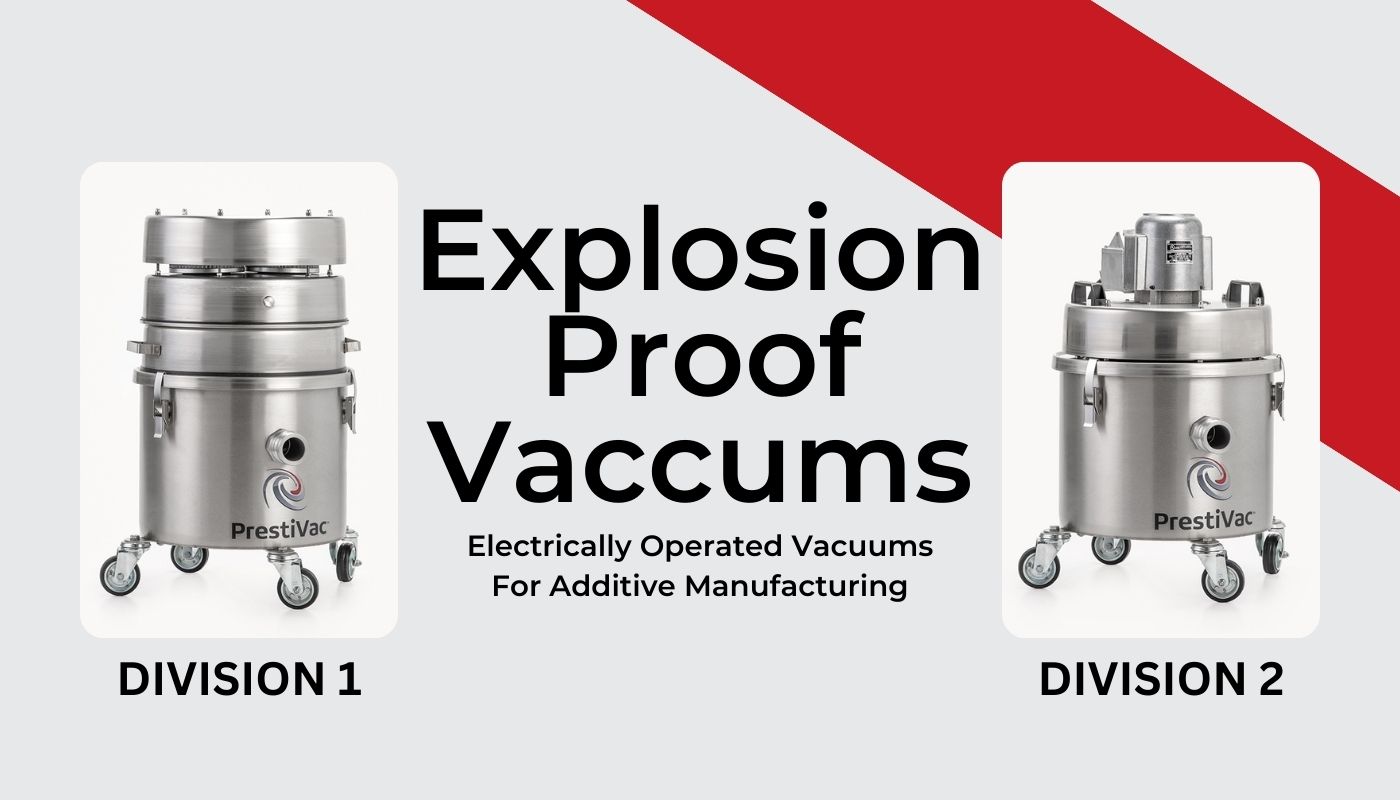When most people think of controlling dust in the workplace, they think of taking steps to avoid inhaling dusts to prevent health problems. However, the accumulation of combustible dusts in the workplace can lead to far greater consequences. As seen in recent years, neglect of housekeeping and improper handling of combustible dusts can lead to property damage, injuries and loss of life.
Sugar is the generalized name for sweet, short-chain, soluble carbohydrates, many of which are used in food. They are carbohydrates, composed of carbon, hydrogen, and oxygen. There are various types of sugar derived from different sources. Simple sugars are called monosaccharides and include glucose , fructose and galactose.
Burning sugar—chemically known as sucrose produces energy almost immediately.
Sugars are organic substances that burn easily upon exposure to an open flame. Because of this, the handling of sugars presents a risk for dust explosion.
Sugar presents a combustion hazard when it is in a dry & dusty form. A fine sugar dust explosion can generate a pressure in excess of 100 psi within enclosed process equipment in less than 100 milliseconds. Industry is provided with recently updated tools to manage such risk in the form of Standards published by The National Fire Protection Association (NFPA)
The especially combustible sugar dust at a refinery comes from the last stage of processing, after the crystals have been poured through a heated dryer to remove the last bits of moisture. As the refined sugar is placed on a conveyer belt and deposited into a silo, dust can float into the air. The factory might also grind sugar to make confectionary powder or just to make sure the grains are all the same size, which also creates more sweet dust. Under the right conditions, an electrical spark from a motor, a pump, from ball bearings rubbing together, or even from a light switch on a wall can set off an explosion. And once a fire gets going in a silo, temperatures can keep rising as long as there's a large fuel source (the sugar, which at this point has no water and is completely flammable) and no easy exit for the heat.
The National Fire Protection Association (NFPA) defines a combustible dust as “a combustible particulate solid that presents a fire or deflagration hazard when suspended in air or some other oxidizing medium over a range of concentrations, regardless of particle size or shape.” In general, combustible particulates having an effective diameter of 420 μm or smaller, as determined by passing through a U.S. No. 40 Standard Sieve, are generally considered to be combustible dusts. However, agglomerates of combustible materials that have lengths that are large compared to their diameter (and will not usually pass through a 420 μm sieve) can still pose a deflagration hazard. Therefore, any particle that has a surface area to volume ratio greater than that of a 420 μm diameter sphere should also be considered a combustible dust. The vast majority of natural and synthetic organic materials, as well as some metals, can form combustible dust. The NFPA’s Industrial Fire Hazards Handbook states, “any industrial process that reduces a combustible material and some normally non-combustible materials to a finely divided state presents a potential for a serious fire or explosion.”
Suggested Industrial Vacuums for Recovery of Toxic & Combustible Dust
PrestiVac HEPAPlus* Vacuums are specifically designed to safely vacuum toxic dusts. Equipped with a Certified Absolute HEPAPlus*filter with an efficiency of 99.995% on 0.2 micron so there is no risk of exposure or contamination for the operator or the environment. These vacuums are tested for absolute filtration. Testing Method: IEST RP-CC034.3. H14. MIL-STD 282 / A.S.T.M. - D2986-91. MPPS method EN 1822.
PrestiVac Explosion Proof/Dust Ignition Protected Vacuums are designed to safely vacuum explosive, flammable, combustible conductive* dusts. Our Explosion Proof/Dust Ignition Protected Vacuums are completely grounded and static dissipating because they are built entirely with non-sparking metals and do not have any painted components so there is no risk of fire or explosion from a spark or static build up. All the electrical components, including the motor and starter are totally enclosed so there is no source of ignition. Our explosion proof vacuum cleaners comply with NFPA 484 guidelines and are an effective tool for good housekeeping practise as per OSHA.
Which Industries are at Risk with Sugar?













